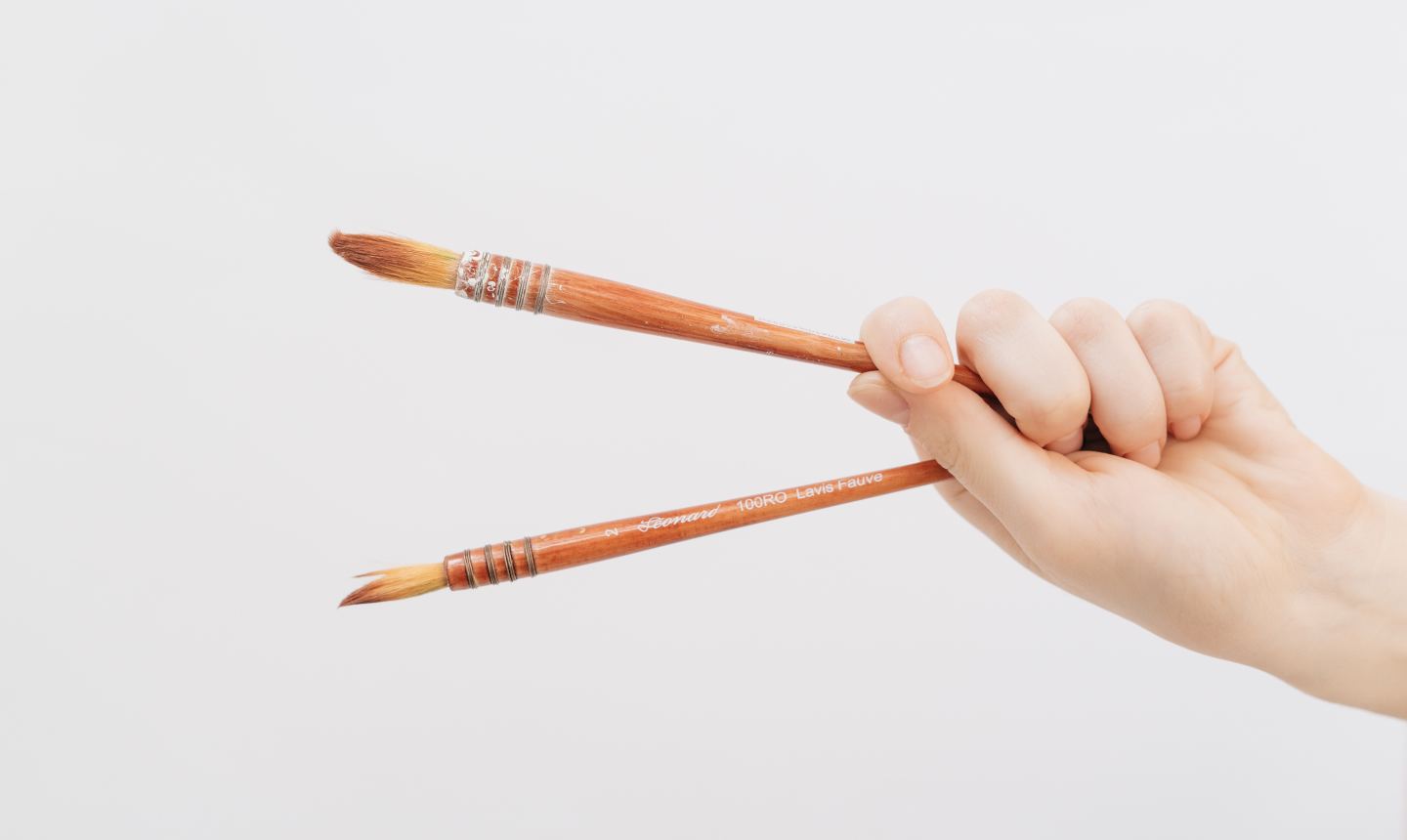 Roman Kraft/Unsplash
You might have noticed that some paintbrushes are very expensive! Most of the time the reason is that they are of very high quality, and worth the investment. But a good brush is only worth it if you can get the most use out of it. If you treat your expensive paintbrushes just like your inexpensive ones, you are wasting your investment.
Roman Kraft/Unsplash
You might have noticed that some paintbrushes are very expensive! Most of the time the reason is that they are of very high quality, and worth the investment. But a good brush is only worth it if you can get the most use out of it. If you treat your expensive paintbrushes just like your inexpensive ones, you are wasting your investment.
The Artist's Studio: 5 Tips for Caring for Your Brushes
 Roman Kraft/Unsplash
You might have noticed that some paintbrushes are very expensive! Most of the time the reason is that they are of very high quality, and worth the investment. But a good brush is only worth it if you can get the most use out of it. If you treat your expensive paintbrushes just like your inexpensive ones, you are wasting your investment.
Roman Kraft/Unsplash
You might have noticed that some paintbrushes are very expensive! Most of the time the reason is that they are of very high quality, and worth the investment. But a good brush is only worth it if you can get the most use out of it. If you treat your expensive paintbrushes just like your inexpensive ones, you are wasting your investment.

Share tips, start a discussion or ask one of our experts or other students a question.
No Responses to “The Artist's Studio: 5 Tips for Caring for Your Brushes”